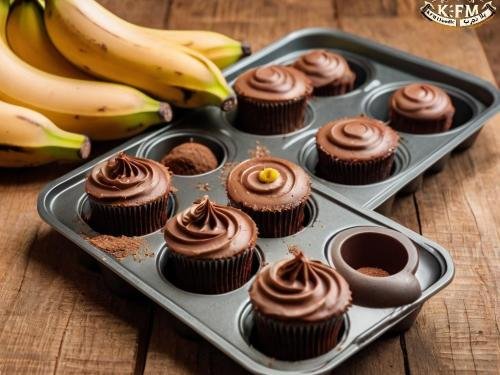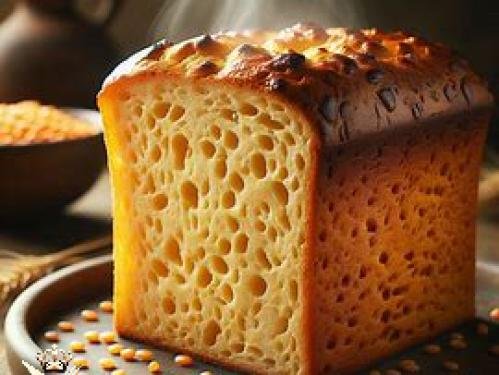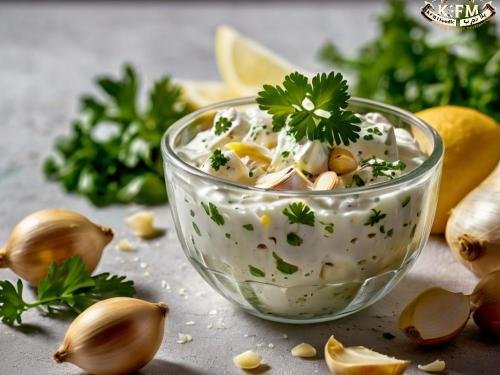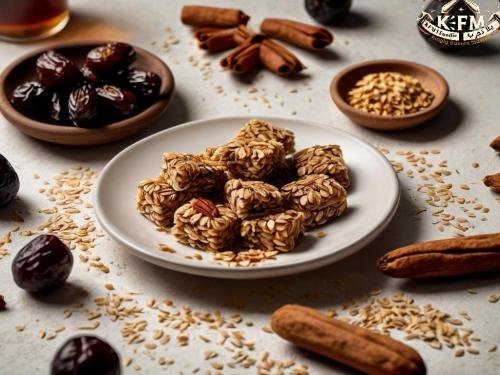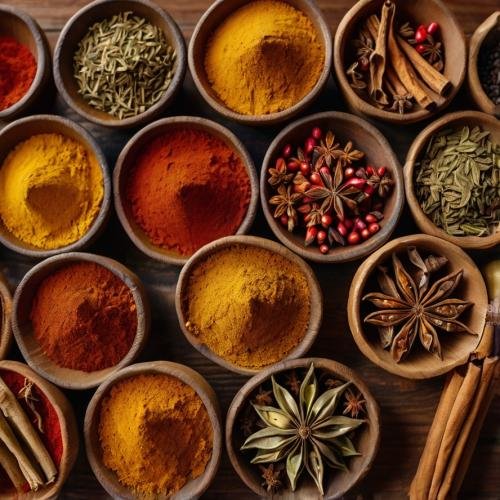Stuffed cabbage is one of the favorite Egyptian and Arabic dishes for many, characterized by its delicious taste and health benefits. Cabbage is a vegetable rich in fiber and vitamins, making it ideal for promoting digestive health. Additionally, stuffed cabbage includes various nutritional ingredients such as rice, meat, and spices that add a delightful flavor to the dish. It is a suitable dish for family meals and special occasions. Discover how to prepare stuffed cabbage with easy and detailed steps.
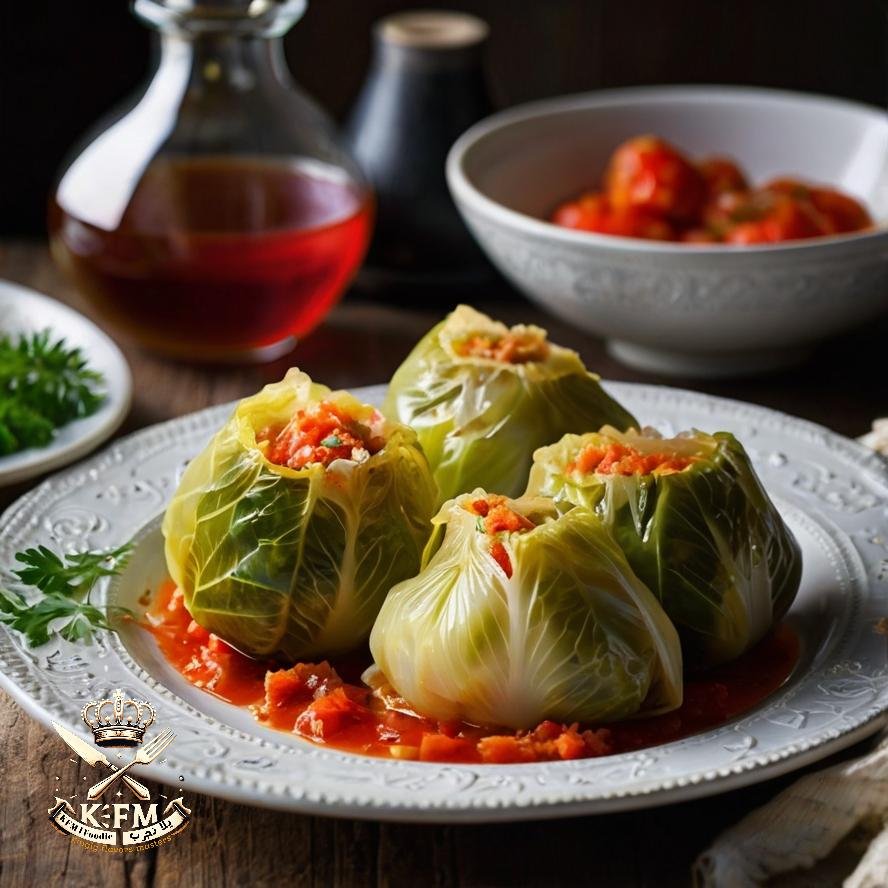
Ingredients:
- 1 large head of cabbage
- 2 cups of Egyptian rice
- 250 grams of minced meat
- 1 large onion, finely chopped
- 2 tablespoons tomato paste
- 1 teaspoon mixed spices
- 1 teaspoon salt
- 1/2 teaspoon black pepper
- 2 tablespoons vegetable oil
- 3 cups chicken broth or water
- 2 tablespoons lemon juice (optional)
Preparation Method:
- Wash the cabbage leaves thoroughly under cold water to remove any impurities, then cut off the tough part of the stems.
- Place the cabbage leaves in boiling water for 3 minutes until softened, then drain and let them cool completely.
- Heat the oil in a large skillet over medium heat, add the chopped onion, and stir until it becomes translucent and golden.
- Add the minced meat to the skillet and stir until its color changes and turns brown. Ensure the meat is well crumbled using a wooden spoon.
- Add the tomato paste and spices (like cinnamon, coriander, and cumin), along with salt and pepper, and mix the ingredients well.
- Rinse the rice under cold water until the water runs clear, then add it to the meat mixture in the skillet.
- Pour half a cup of broth or water into the rice and meat mixture, and let it simmer on low heat for 10 minutes until the rice absorbs the liquid and becomes tender.
- Once the mixture cools slightly, stuff the cabbage leaves with the rice and meat filling, then roll the leaves tightly to prevent them from opening during cooking.
- Arrange the stuffed cabbage leaves in a deep, suitable pot, and pour the remaining broth over them until fully submerged.
- Cover the pot and cook on low heat for 30 minutes until fully cooked and the flavors are absorbed.
- Finally, you can add lemon juice for a tangy flavor if desired. Serve hot and enjoy its wonderful taste.
Types of Fillings:
There are many fillings that can be used to prepare stuffed cabbage, allowing you to diversify the dish according to taste or dietary preference. Here are some of the most notable fillings:
- Vegetarian Filling: If you want to prepare a vegetarian stuffed cabbage, you can use rice with vegetables such as mushrooms, grated carrots, and green beans. Additionally, spices like cumin and coriander can be added to enhance the flavor.
- Chicken Filling: Minced chicken can replace minced meat, making the dish lower in calories and fat. The chicken filling is also suitable for those who prefer to avoid red meat.
- Grain Filling: For those who prefer high-fiber foods, grains like freekeh or bulgur can be used instead of rice, adding a different taste and extra nutritional benefits.
Serving Tips:
When serving stuffed cabbage, you can make the meal more delightful by pairing it with some complementary side dishes:
- Salads: Serve stuffed cabbage with a simple green salad containing tomatoes, cucumbers, and carrots, dressed with olive oil and lemon. A yogurt salad with garlic can also be offered for a refreshing flavor.
- Side Dishes: Stuffed cabbage pairs well with white rice or fresh Arabic bread. For more variety, consider mashed potatoes or a light soup as a starter before enjoying the stuffed cabbage.
Advance Preparation:
If you don’t want to prepare stuffed cabbage on the same day, you can prepare it in advance and store it for later:
- Refrigeration: Prepared stuffed cabbage can be stored in the refrigerator for 2-3 days. Make sure to cover it well with aluminum foil or store it in an airtight container.
- Freezing: For longer storage, stuffed cabbage can be frozen. It’s preferable to freeze the uncooked version to retain its flavor after cooking. When frozen, it can last up to 3 months. To reheat, use a microwave or oven until thoroughly warmed.
Common Mistakes and How to Avoid Them:
When preparing stuffed cabbage, some common mistakes can affect the final result. Here’s how to avoid them:
- Tearing Leaves During Boiling: To prevent tearing, boil cabbage leaves for a short period (about 3 minutes) and remove them quickly. Also, trimming the thick parts of the veins can make rolling easier.
- Overstuffing Rice: If the filling contains too much rice, it may expand excessively, making the leaves difficult to roll. Maintain a balance between the rice and meat.
- Incomplete Cooking: Ensure that the stuffed cabbage is cooked on low heat with the right amount of broth or water, as cooking too fast may leave the rice undercooked.
FAQs:
- Can stuffed cabbage be made without meat?
Yes, the meat can be replaced with vegetables, chicken, or a vegetarian filling (like rice with mushrooms or just vegetables). - Can other types of rice be used?
Yes, basmati rice or long-grain rice can be used instead of Egyptian rice, depending on personal preference. - Can vegetable broth be used instead of chicken broth?
Yes, vegetable broth can be used for preparing vegetarian stuffed cabbage or for those who do not consume poultry. - How long can stuffed cabbage be stored in the fridge?
Stuffed cabbage can be stored in the fridge for 2-3 days and frozen for up to 3 months. - How can I prevent the leaves from tearing during preparation?
Boil the leaves carefully and avoid leaving them in boiling water for too long. Trimming the thick parts of the veins can also help.
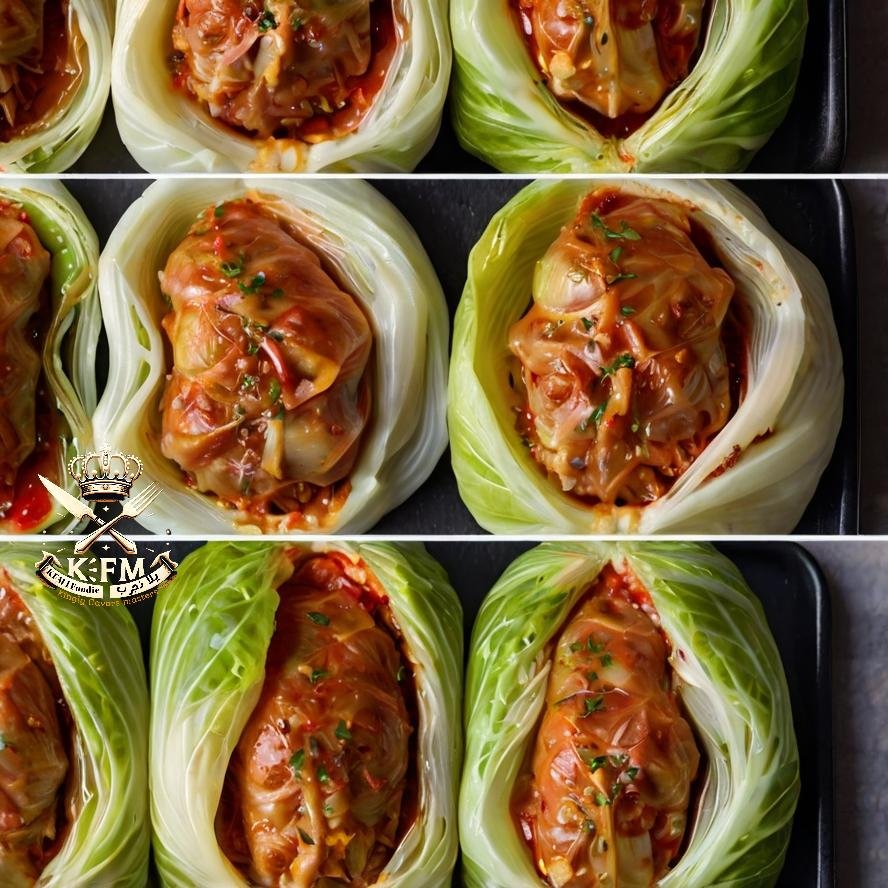
Nutritional Values and Benefits
Cabbage (1 medium head):
- Calories: 200
- Carbohydrates: 50g
- Protein: 10g
- Fat: 2g
- Sodium: 50mg
- Vitamins:
- Vitamin C: 100mg (167% of the daily value)
- Nutritional Benefit: Cabbage contains antioxidants and Vitamin C, which enhance skin health and the immune system. It also aids digestion due to its fiber content.
Rice (2 cups):
- Calories: 400
- Carbohydrates: 90g
- Protein: 6g
- Fat: 1g
- Sodium: 0mg
- Vitamins:
- Vitamin B1 (Thiamine): 0.2mg (15% of the daily value)
- Nutritional Benefit: Rice is a good source of energy and contains B vitamins that support the nervous system's function.
Minced Meat (250g):
- Calories: 250
- Carbohydrates: 0g
- Protein: 22g
- Fat: 18g
- Sodium: 70mg
- Vitamins:
- Vitamin B12: 2mcg (83% of the daily value)
- Nutritional Benefit: Minced meat is rich in protein and iron, promoting muscle building and improving blood circulation.
Onion (1 large onion):
- Calories: 40
- Carbohydrates: 9g
- Protein: 1g
- Fat: 0g
- Sodium: 5mg
- Vitamins:
- Vitamin C: 8mg (13% of the daily value)
- Nutritional Benefit: Onions contain antioxidants and support heart and immune health.
Sauce (2 tablespoons):
- Calories: 40
- Carbohydrates: 10g
- Protein: 1g
- Fat: 0g
- Sodium: 500mg
- Vitamins:
- Vitamin A: 0.5mcg (5% of the daily value)
- Nutritional Benefit: The sauce, made from tomatoes, provides antioxidants that combat inflammation.
Mixed Spices (1 teaspoon):
- Calories: 5
- Carbohydrates: 1g
- Protein: 0g
- Fat: 0g
- Sodium: 0mg
- Vitamins:
- Vitamin A: 100 IU (2% of the daily value)
- Nutritional Benefit: Spices enhance flavor and offer antioxidant properties.
General Benefits: Stuffed cabbage is a nutrient-rich dish that supports overall health. It provides protein from meat and rice and supplies vitamins and minerals that promote skin health and a strong immune system. Cabbage's high fiber content aids in digestion.














